Episode 16: Riding Horses Western vs English vs Bareback
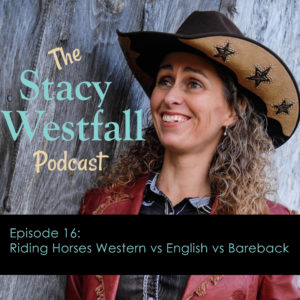
Today, I share my experience of three different riding styles. People often ask me if I ride Western or English. I actually ride and compete in Western, English, and bareback. I first learned to ride Western. Then I moved on to bareback, because I was too small to put the saddle on my pony.
I dreamt of getting an English saddle like the ones I saw on TV. I got one for Christmas, and then I was doing it all. I have a lot of experience competing bareback and Western. I’m also taking dressage lessons. Today, I’ll be exploring the differences between these three styles of riding and how these saddles or lack of saddle affect the rider.
“When you're working towards becoming a better rider, it's all about stretching yourself out of your comfort zone.” Stacy Westfall Click To TweetSubscribe and never miss an episode! (I listen in the barn and when I’m out driving)
Subscribe For Free!
Show Notes
[04:07] I have competed in all three types of events with my horse Popcorn.
[04:41] Riding is the art of keeping a horse between you and the ground.
[04:58] This year I’m going to compete in Western dressage and traditional dressage. Either way, I’m putting emphasis on dressage this year.
[06:13] I have at least three different seats when I ride a horse my Western seat, my dressage seat, and my bareback seat.
[06:55] I grew up riding mostly bareback. Bareback naturally encourages you to get into a rhythm with the horse.
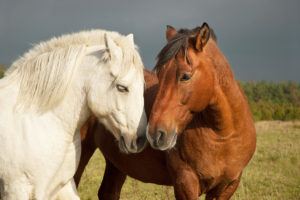
[07:42] A saddle is something between you and the horse.
[08:20] As people relax on a horse, bareback encourages them to lengthen their legs.
[09:02] It’s better to think of balancing and sitting deeper on the horse and extending your legs.
[10:27] I enjoy trail riding bareback.
[11:19] A horse isn’t going to be perfectly balanced when learning new maneuvers. This is where a saddle comes in handy.
[12:33] When working on refinement, I don’t want to lose my balance and clamp my leg on the side of the horse.
[13:31] Riding Western. There are so many different saddle choices. There are also choices in the way the stirrup hangs.
[15:13] If you are aware of where your saddle wants to put you, you will know whether you are fighting your equipment or have a weakness in your legs.

[16:29] The western saddle comes with a lot of great benefits like the saddle horn and a more stable feeling leg.
[17:05] There’s so many different styles of English saddles. There is a thin stirrup leather that is easy to move. The English saddle is kind of a halfway between the Western saddle and riding bareback.
[18:32] It takes awhile for my muscle memory to remember that the stirrup leather will move much more easily than with the Western saddle.
[19:33] People often ask if it’s harder to stay on the English saddle. Your seat and balance determine staying on top of the horse more than your saddle does.
[20:04] My dressage saddle feels as secure as my Western saddle.
[21:06] With an English saddle, grabbing the front of the saddle feels like pulling yourself down into the saddle.
[21:52] When you’re working towards becoming a better rider, it’s all about stretching yourself out of your comfort zone. Getting out of your comfort zone becomes a power.
[22:12] Each saddle has something to offer you.
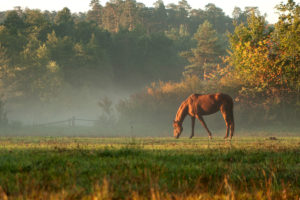
[23:31] A well-balanced rider is best for the horse regardless of saddle type.
[24:20] Saddle fit is a big subject and finding a saddle to fit the horse and the rider can be complicated.
[26:50] Whenever experimenting with changes, make sure that you do it with a horse that you trust or take a riding lesson.
“A well-balanced rider is best for the horse regardless of saddle type.” Stacy Westfall Click To TweetLinks and Resources:
Stacy Westfall Championship Bareback & Bridleless Freestyle Reining with Roxy
5 Comments
Leave a Comment
SUBSCRIBE TO THE PODCAST HERE:
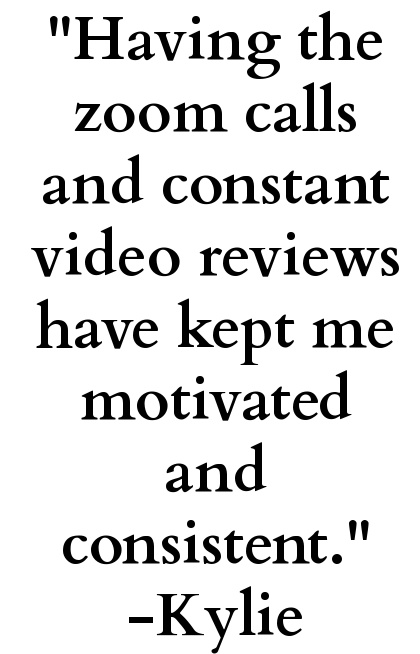
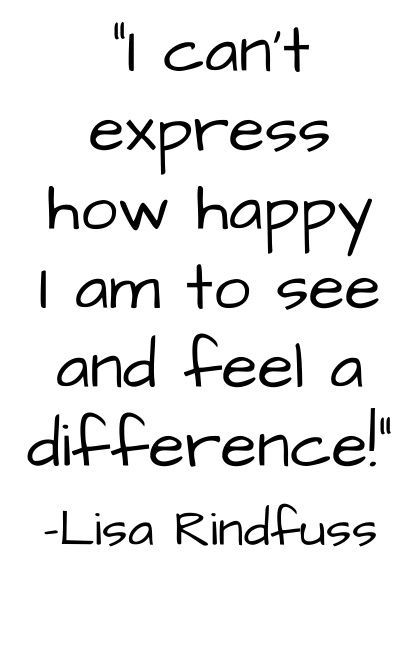
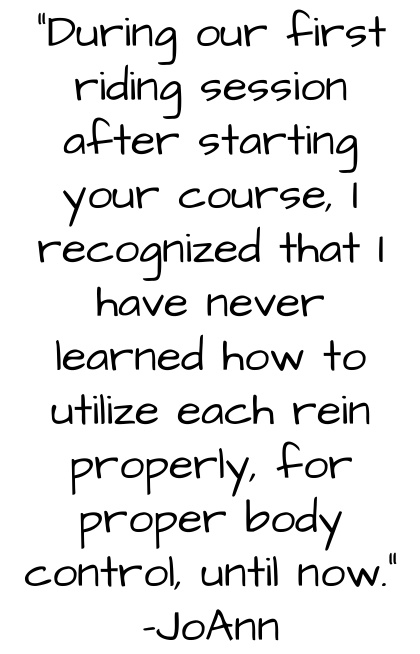
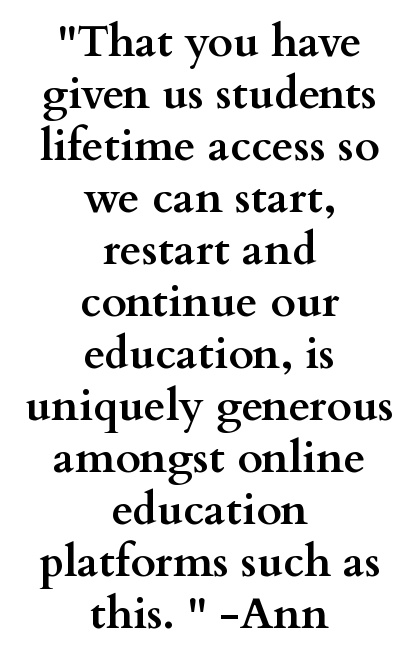
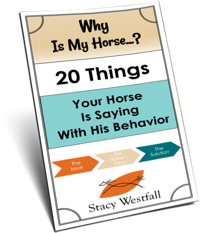
YOURS FREE
WHY IS MY HORSE...?





Well, let me just say, my 1st, 2nd, 3rd choices will always be Western saddle. I have ridden in an English saddle, and maybe it was just the wrong fit for me, but I felt really uncomfortable – like driving down the highway at 100 mph with my doors open.
I have also ridden bareback, and while I did enjoy learning the feel of what is happening with my horse in the different gaits, bareback is a huge challenge for me, both mentally and physically. Mentally, because if something goes awry, there is nothing to grab (my horse is mane challenged)! And physically, because just getting on is EPIC!!! Picture if you will, horse standing very politely and still at mounting block. She is short, but I am also short … so I can’t swing my leg over her back. OK, so move her away from mounting block and coach tries to give me leg up to get me up there … and over I go, off the other side. Geez Louize, that looked dumb! OK, try putting her back at mounting block, and this time, I will jump a bit to sort of lay over her back and then turn to get one leg over so I can sit up. Ready, set – jump! And because I didn’t jump high / far enough (no jump in my body), there I am, gripping anything I can grab, and there is nothing to grab … and I slowly slide back down … but I can’t get a foot back onto mounting block, so I keep sliding all the way down to the ground between mounting block and confused horse … and there I am! Right under my horse. Now, mounting block was against wall, so can’t push it backwards … my horse is still standing where I put her and I am completely underneath her … and I see her looking at me and snuffling at me, wondering what in heck I think I am doing UNDER THERE!!!! Thank goodness she is not a spooky horse … but I’m not about to keep going under and have my head under her feet – nope! Picture now my coach is standing there almost in total collapse because she is laughing so hard – obviously no help there! So, hoping and hoping … I reach up one hand and tap on side of horse and say ‘over’ … and she steps over one tiny step. OK – good. Progress. And so it goes until I have her over far enough to be able to get to my feet without disgracing myself yet again. End of that bareback lesson!! But we did eventually manage to get me up there – and did many more lessons bareback … and it was … AWESOME!! Having said that, given a choice, I choose a Western saddle. Apparently my coach has decided that we will do an entire month of bareback before summer. And while I am looking forward to feeling that feel of just ‘being as one’ with my horse … I am dreading the ‘getting on’ part!!! As for English – no thank you! However, I have learned to ‘grab’ my Western saddle IN FRONT of the horn (pommel??), and just like you mentioned, it does pull you deeper into your saddle – I don’t actually use the horn to grab anymore. Thank you for continually providing thought-provoking podcasts! So much to learn still …
Thank YOU for the chuckle. I was laughing at your well-written description at the mounting block. Please give an extra treat to your horse from me…she sounds like an angel. I dare say she enjoyed that lesson more than you did, lol!
My horse IS a total angel! And I love her to death! One of these days I’ll have to see if a friend will video my dismount style on one of those days where my body simply will NOT cooperate – that will truly ‘explain’ why there is no other horse anywhere that would put up with me. As we both age, our bond gets stronger through all the physical challenges that have presented themselves, and we just suck it up and conquer them one at a time. God Bless The Horse’s!!!! ??
Hello Stacy—I already called Randi and told her to get out her English saddle 🙂 I have rode Hildy in it a few times years ago and it actually felt really good, but I just went back to my western saddle. I also like to ride bareback. I usually ride in the arena, not out on the trail. However when I do ride bareback, it is a great feeling because I can feel how the horse moves and I can also feel when I am off balance. Randi says I ride better bareback because I do not bounce as much. I am going to try and lengthen my legs. I think I have been holding them up. If you are lengthening your legs how do you hold on? Maybe you can evaluate me bareback in June. I can only walk and trot…not canter bareback. I need to start making a list of things I want to go over in June. 🙂
Sounds good! Try lengthening your stirrups in your western saddle if you think they might be a bit short. You can also drop one stirrup at a time during the extended trot and canter. I find riding without stirrups IN A SADDLE to be harder than true bareback…although it is easier to recover if you do slip some. The one foot in stirrup thing is an interesting bridge because you can really feel if you brace too hard off of it.